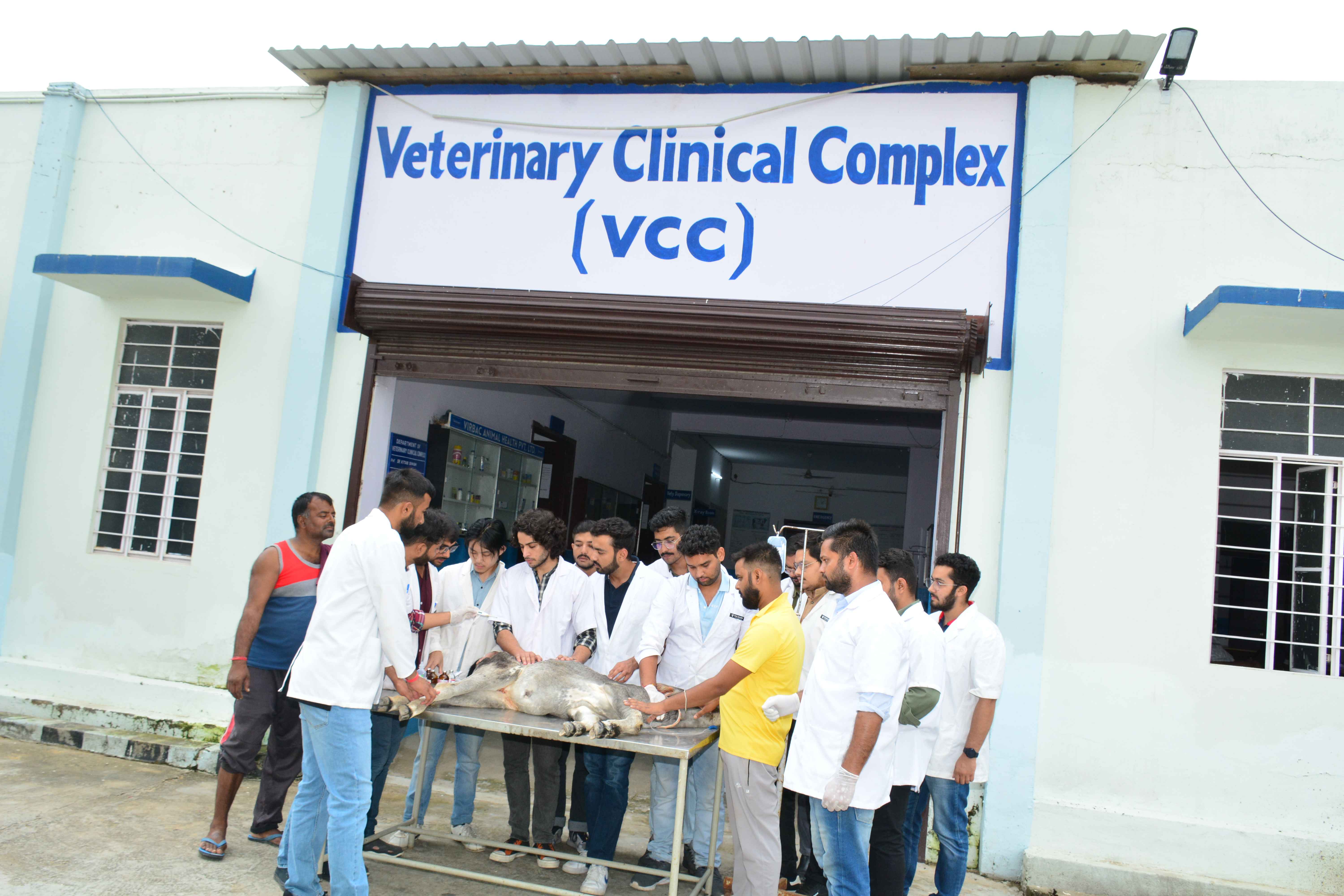
Veterinary Clinical Complex is the amalgamation of basic, preclinical and clinical veterinary education to give it practical shape in the form of diagnosis, prevention, and treatment of livestock ailments. VCC receives pet and domestic animals not only from nearby village, but from adjoining districts and serves as referral hospital.
Clinical services are rendered in medicine, surgery, gynaecology, pet animals sections and clinical diagnostic laboratory of the VCC. Students and internees are given orientation and understanding the working of Veterinary Clinics including hospital set up, administration and work force management, clinical procedures like registration of patient, doctor-client interaction, preclinical examination and treatment of patients under the guidance of specialists. VCC is equipped with diagnostic tools like blood analyzer, small and large animal digital x-ray, ECG etc.
The indoor section of VCC has all necessary facilities for indoor patients and lodging and boarding facility for the client also. Ambulatory clinical services are rendered to the farmers of nearby villages by organizing clinical camps in collaboration of the clinical departments. It is worth mentioning that all expenses incurred in the treatment of animals are borne by the AVC.
The Department has following sanctioned strength of Faculty:
Professor - 1
Associate Professor – 1
Assistant Professors – 6
COURSES AND SYLLABI
| S.No. |
Name |
Designation |
Qualification |
Service Period at AVC |
Photo |
Biodata |
|
01
|
Dr. Mohd. Akil Dyer
|
Assistant Professor
|
B.V.Sc & AH, M.V.Sc
|
24.10.2024 to till Continue
|
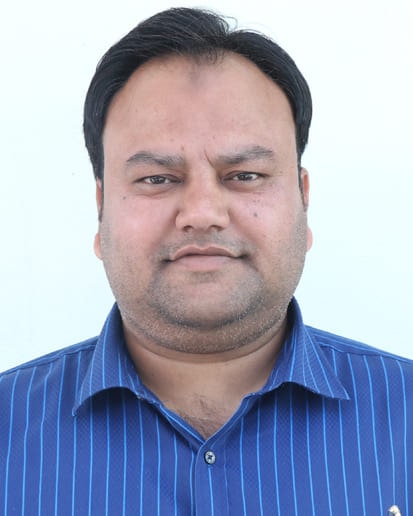 |
Biodata |
|
02
|
Dr. Harshita Rathore
|
Assistant Professor
|
B.V.Sc & AH, M.V.Sc
|
19.04.2025 to till Continue
|
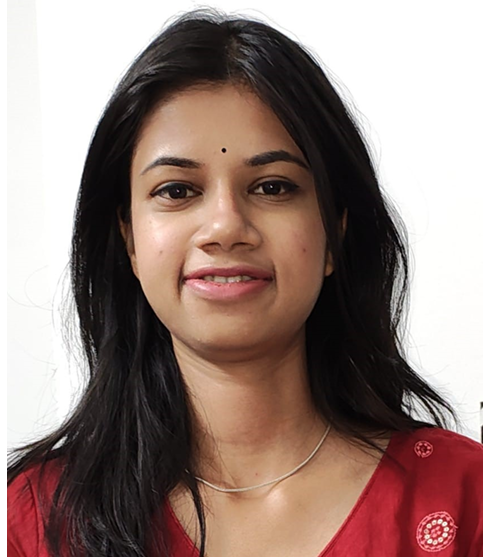 |
|
|
03
|
Dr. Vadapalli Deekshita
|
Assistant Professor
|
B.V.Sc & AH, M.V.Sc
|
13.01.2025 to 17.11.2025
|
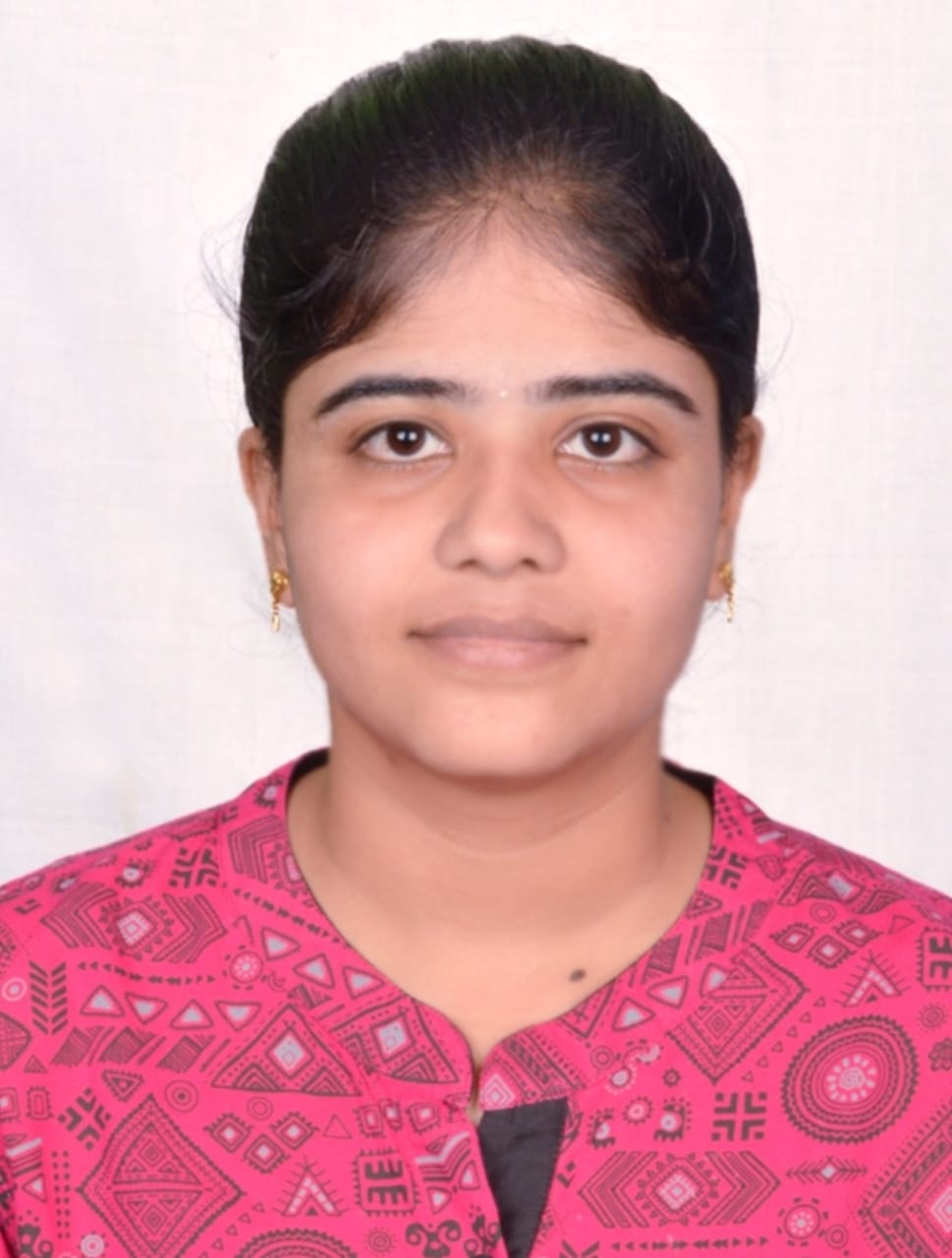 |
|
|
04
|
Dr. Sumitra Khicher
|
Assistant Professor
|
B.V.Sc & AH, M.V.Sc
|
07.04.2025 to till Continue
|
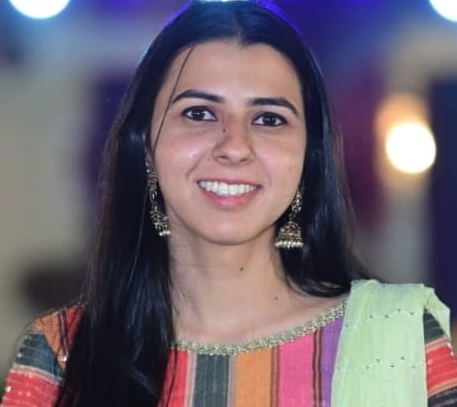 |
|
| 05 |
Dr. K M Himani |
Assistant Professor |
B.V.Sc & AH, M.V.Sc & Ph.D |
19.12.2025 to till Continue |
|
|
|
06
|
Dr. Shruti H. Inamdar
|
Assistant Professor
|
B.V.Sc & AH, M.V.Sc
|
23.12.2025 to till Continue
|
|
Bio Data |
VETERINARY CLINICAL COMPLEX (VCC)
VETERINARY CLINICAL PRACTICES-I (Third year) Credit Hours: 0+1
Orientation and understanding the working of Veterinary Clinics including hospital set up, administration and work
force management. Doctor client interaction, Orientation to local language or dialector local terminology of the diseases. Registration, filling up registration cards, history taking, handling and restraining of animals. Preliminary clinical examination such as recording of temperature, respiration, pulse, motility of digestive sustem etc. Familiarization and practice of first aid procedures. Practice of collection, labeling, packaging and storage of laboratory samples. Preparation and sterilization of surgical packs, instruments, drapes and operation theaters. Familiarisation with antiseptic dressing techniques and bandaging.
VETERINARY CLINICAL PRACTICES-II (Fourth year) Credit Hours: 0+6
The students shall be Imparted the trainings on rotation basis in the following sections of Veterinary Clinical Complex (VCC):
Ambulatory Section:
Each Veterinary college should adopt five villages where in the health, production and treatment part should be taken care of in a holistic manner. Handling, examination, diagnosis and treatment of sick animals in the field conditions under the supervision of faculty. Ambulatory Clinics shall be operated by small groups of students and faculty of clinical departments through an equipped ambulatory mobile unit.
Diagnostic Laboratory Section:
Veterinary Clinical Diagnostic Laboratory will be an important component of Teaching Veterinary Clinical Complex that will impart training to students for laboratory evaluation and interpretation of clinical samples leading to efinitive diagnosis of diseases. This activity will improve competence of students in examining clinical samples (biochemical, toxicological, pathological, parasitological and bacteriological) at the clinical complex, analyzing and correlating with clinical findings and interpreting the results. Collection labeling, transportation, and preservation of body fluid samples, writing results and report. Interpretation of data in relation to specific diseases. Clinical significance and interpretation of serum glucose, lipids, proteins, blood urea nitrogen, creatinine, uric acid, ketone bodies, bilirubin and electrolytes from samples. Clinical significance and interpretation of examination of urine samples. Clinical evaluation of blood (Haemoglobin, packed cell volume, total erythrocytic count, erythrocytic sedimentation rate, total leukocytic count and differential leukocytic count) from clinical samples. Evaluation of cid-base balance and interpretation. Biochemical aspects of digestive disorders, endocrine functions. Liver, kidney and pancreatic function tests. Role of enzymes for detection of tissue or organ affection. Preparation of microscopic slides from tissue collected for diagnosis and its histopathological interpretation. Examination of biopsy and morbid material for laboratory diagnosis. Laboratory evaluation and diagnosis of samples for parasitic diseases (routine faecal examinations- direct smear method, simple sedimentation and floatation methods, quantitative faecal examination, pastural larval counts). Examination of skin scrapings, examination of blood. Orientation to a clinical Microbiology laboratory, collection, transport and processing of specimens from clinical cases for diagnosis of important bacterial, fungal and viral diseases. Isolation of bacteria from clinical samples, identification of bacteria by Grams staining and culturalor biochemical characteristics. Drug sensitivity and rationale for therapy. Diagnosis of diseases by employing tests like Agar Gel precipitation Test, ELISA etc. Note: The Laboratory shall run in collaboration with the Department of Pathology and Physiology and Biochemistry. Biochemist appointed in this section will be involved in teaching of students regarding principles of various diagnostic tests, normal and abnormal values in different species, differential diagnosis, correlating with diseases and rationale of arriving at the conclusion.
Medicine Section:
Orientation and understanding the working of Veterinary Clinics including hospital set up, administration and work force management. Understanding the different methods of record keeping, retrieval, processing, analysis and interpretation of data. Involvement in outpatient department (OPD), Indoor patient, Critical care or intensive care unit, sanitation, practice management etc. Doctor client interaction: Orientation to local language or dialect or local terminology of the diseases. Registration, filling up registration cards, clinical practice comprising of clinical examination of the patient, with emphasis on history taking, examination techniques- palpation, percussion and auscultation. Familiarization and practice of first aid procedures and emergency medicine. Practice of collection, labeling, packaging and evaluation of laboratory samples. Relating generic and trade names of drugs along with their doses, indications and contraindications to prescribed treatment regimens. Systematic examination of various systems, recording of clinical observations viz. temperature, respiration, pulse, cardiac sounds, cardiac function, pulmonary function, functional motility of digestive system, routes and techniques of administration of edicaments. Tentative and confirmatory diagnosis and treatment of common clinical cases like pharyngitis, laryngitis, stomatitis, indigestion, gastritis, ruminal impaction, tympany, enteritis, traumatic reticuloperitonitis, traumatic pericarditis, pneumonia, haemoglobinurea, haematuria. milk fever, ketosis, rickets, osteomalacia, common poisoning, and thers clinical cases as reported in the section. Collection of materials like urine, faeces, skin scraping, blood, milk and other body fluids for laboratory tests. Preparation of case records; follow-up records etc. Readiness to treat and handle causalities and other emergencies in the clinics. Learning and practicing passing of stomach and naso-gastric tube. Screening of livestock or poulty through tests, mass diagnostic campaigns. Vaccination and other disease prevention and control programmes in the field. Learning the use of various advance non invasive diagnostic aids like Ultrasonography, Opthalmoscope etc. Practice of feeding of sick animals. Acts and regulations pertaining to generation and disposal of biomedical wastes in veterinary institutions. Biomedical waste generation, handling, storage, sorting, coding, transportation and disposal. Hazards of biomedical waste, and impact of biomedical waste on the environment.
Gynecology and Obstetrics Section
Practice of artificial insemination, pregnancy diagnosis, clinical examination and management of cases of noestrus, silent oestrus, infertility and conception failure. Treatment of cases of metritis, cervicitis , vaginits etc. Handling and management of cases of retention of placentaorfetal membranes, ante and post partum prolapse of vagina. Examination and handling of cases of dystocia, fetotomy, caesarian etc. Castration of male calves, breeding soundness, evaluation of bulls, ovariohysterectomy and collection of cervical and vaginal mucus for cytology. Rectal examination and vaginal examination of genitalia. Familiarization with common drugs and hormones used in reproductive disorders including infertility, epidural and local anaesthesia for gynaecological cases. Filling of clinical case records and their maintenance. Surgery and Radiology Section Familiarization and understanding the use of equipments used in surgical sections of the VCC. Restraining and positioning of different species of animals for examinations, diagnosis and surgical treatment. Prescription of common drugs, their doses and uses in clinical surgical practice. Filling of clinical case records and their maintenance. Preparation and sterilization of surgical packs, instruments, drapes and operation theaters. Passing of stomach tube and gastric tube. Catheterization and urine collection. Techniques of examination of neuromuscular and skeletal functions, Familiarisation with antiseptic dressing techniques, bandaging, abdomino-centesis, thoracocentesis. Topography anatomy of animals. Radiographic positioning, terminology and interpretation. Treatment and Management of various surgical conditions including inflammation, wounds, abscess, cysts, tumors, hernia, haematoma, hemorrhage, sinus, fistula, necrosis, gangrene, bum, sprain, tendinits etc. Management and treatment of fractures, dislocations and other affections of joints, facial paralysis, Eye worm and other affections of Eye. Irregular teeth and their rasping, tail amputation, knuckling, upward fixation of patella (medical patellar desmotomy) etc. Familiarisation with the landmarks for the approach to various visceral organs, thoraco-centesis, abdominocentesis. Rumenotomy, laparotomy, palpation and visualisation of viscera, urethrotomy, castration, vasectomy, caudectomy, thoracotomy, cystotomy, cystorraphy and spleenectomy. Examination of horse for soundness, lameness and preparation of certificate for soundness. Tenotomies, suturing of tendon, shortening of tendon.
Pet Animal Section
Registration, filling up registration cards, history taking. Relating generic and trade names of drugs alongwith their doses, indications and contraindications to prescribed treatment regimens. Familiarization and practice of first aid procedures and emergency medicine. Practice of collection, labeling, packaging and evaluation of laboratory samples. Clinical examination techniques- palpation, percussion and auscultation, systematic examination of various systems, recording of clinical observations viz. temperature, respiration, pulse, cardiac sounds, cardiac function, pulmonary function, functional motility of digestive systems. Routes and techniques of administration of medicaments. Diagnosis and treatment of diseases. Collection of materials like urine, faeces, skin scraping, blood, milk and other body fluids for laboratory tests. Preparation of case records; follow-up records etc. Vaccination and other disease prevention and control programmes. Practice of pregnancy diagnosis, examination of cases of anoestrus, silent oestrus and conception failure. Rectal examination of genitalia, vaginal examination. Epidural and local anaesthesia for gynaecological cases. Resteraining and positioning techniques for examination, diagnosis and surgical treatment. Preparation of surgical packs, sterilization procedures for surgical instruments. Passing of stomach tube and gastric tube. Catheterization and urine collection. Familiarization with antiseptic dressing techniques. Topography anatomy of pet animals. Radiographic positioning and terminology. The practical component will be dealt with internally. The examination for VCP shall be conducted twice a year i.e. first practical exam after completion of 50% syllabus and the second one, when the course is completed but the second exam shall comprise of entire syllabus. Annual professional examination shall be held after the completion of 100% course content in each subject.
The examination should comprise of following components:
(i) Submission of 10 complete cases each of Surgery, Medicine, Gynaecology
(ii) Case presentation
(iii) Review of treatment of 5 cases
(iv) Written Objective Questions (Surgery, Medicine, Gynaecology
(v) and Lab diognosis)
(vi) Viva